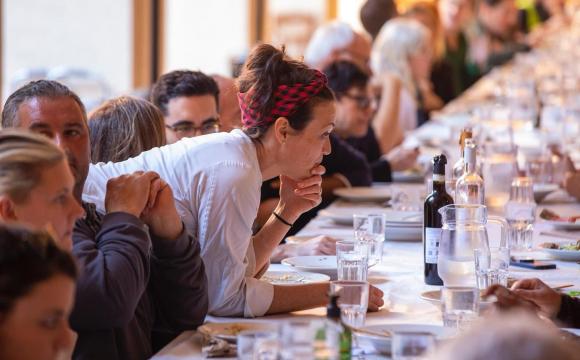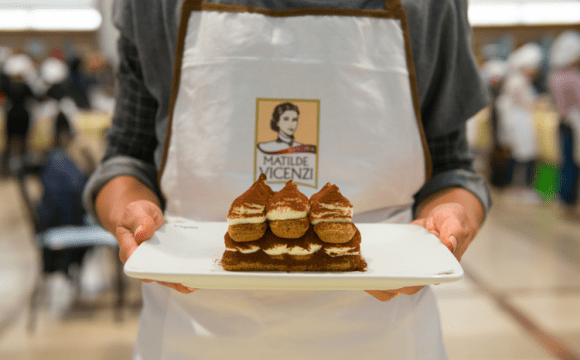 (ANSA) - Venice's Carnevale has presented the rich programme of Chinese cultural events that will give an oriental flavour to the 2006 edition.
(ANSA) - Venice's Carnevale has presented the rich programme of Chinese cultural events that will give an oriental flavour to the 2006 edition.
The programme is entitled Il Drago e il Leone - the Chinese 'dragon' and the 'lion', the symbol of the Lagoon City's patron, Saint Mark - and runs February 23-28. Among the highlights is a production of 'Dialoguer-Interloquer' by exiled Chinese dissident Gao Xingjian, the 2000 Nobel Literature laureate.
The writer, whose works have denounced Chinese totalitarianism, will direct the play himself.
'Dialoguer-Interloquer', like all of Gao's plays and novels, is banned in China. Carnevale Director Maurizio Scaparro has also given a prominent position to the most famous historical link between the two faraway cultures, the great 13th-century Venetian explorer Marco Polo.
One of the events is a special literary 'karaoke' called Un Milione di Letture (A Million Readings), in which the public will be invited to read excerpts from Polo's travelogue. It is an original way to re-evoke Polo's epic journey from Venice to the Middle East, then along the Silk Road into the great expanses of China, where he spent 17 years at the sumptuous summer palace of Emperor Kublai Khan, before heading back via Indonesia and India.
Another show celebrating both cultures will be an exhibition of the beautiful costumes from Italian director Bernardo Bertolucci's Oscar-winning 1987 movie The Last Emperor - the dramatic story of Pu Yi, the last of China's emperors.
The programme kicks off on February 23 with a production of Cinderella staged by Chinese children living in Italy at Venice's Arsenale dockland area. They will interpret the fairy tale in their own language and in a way that will be very different from the version western eyes are used to.
Another show focuses on Matteo Ricci - a 16th-century Italian missionary who is better known in China than Marco Polo is.
Ricci (1552-1610) was a Jesuit who became a mandarin at the court of Ming Emperor Wonli and was the first foreigner in China to be buried with full state honours. In China he is widely studied at school under his Chinese name Li Madou and the affectionate diminutive Xitai which means Western Master. Chinese teachers say their charges study him in the same way they do giants of Western literature like Homer.
Until recently little was known about him here but a new film and a series of exhibitions have helped his home country discover the pioneer. There will also be Chinese dance and music shows and films, as well as meetings with intellectuals and artists from the land of the Great Wall.
"The Arsenale will be our island of intellect, the starting point for our reflections on China - a journey to the Orient that will enable us to examine several different subjects," explained Scaparro. 'Il Drago e il Leone' is being organized together with
the management of Venice's world famous Biennale contemporary art festival.
According to Mayor Massimo Cacciari, this collaboration will help Carnevale 2006 maintain a high-quality profile despite budget cuts that mean it will not be as grand as in previous years.
Naturally, there will also be the traditional series of costume pageants, balls and performances that revive the spirit of the Venetian Republic. The event, which draws hundreds of thousands of visitors to the Lagoon City every year, takes place in the week before Lent and is believed to date back to the 12th century.
The festival was brought to a halt in 1797 when Napoleon put an end to the Venetian Republic. After taking a sabbatical of almost 200 years, it revived itself with the help of some local enthusiasts in the 1970s.
It is now a big hit with Venetians and tourists alike. City officials say that, at its peak, it attracts around 80,000 visitors a day.
Its most distinctive feature is the famous Venetian white mask - worn with a black cloak and a tricorn hat - which can be bought almost everywhere in the city during the festival. Masks are linked to Carnevale because, during the era of the Republic, it was one of the few periods of the year that the authorities allowed citizens to wear them.
Venetians liked them because they enabled people of different social classes to mingle and get up to mischief together without being recognised.













